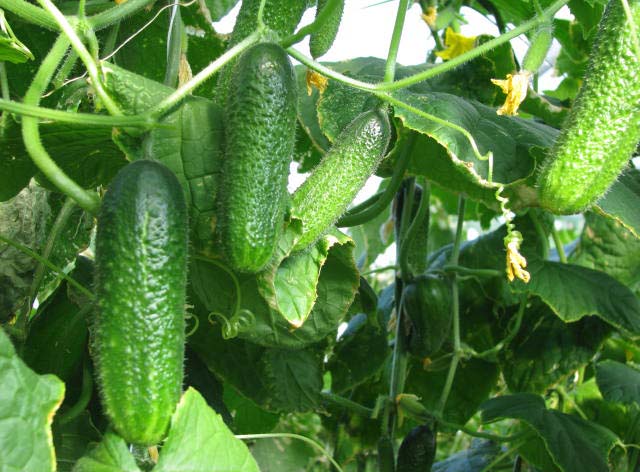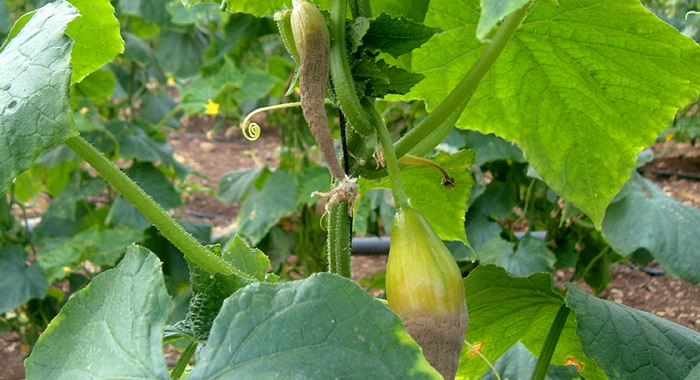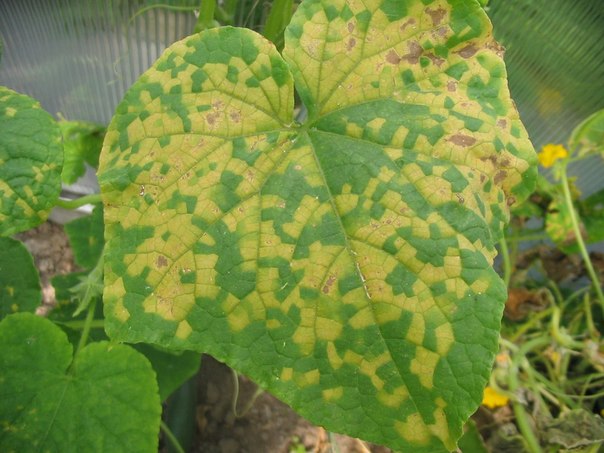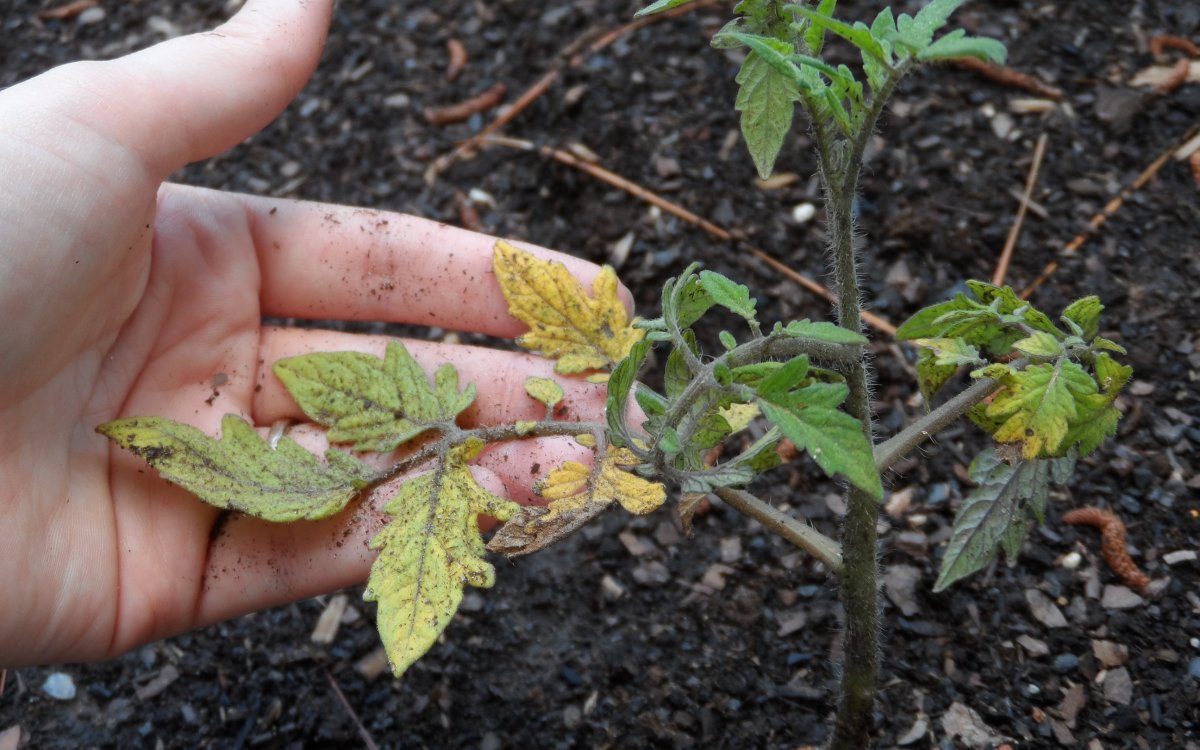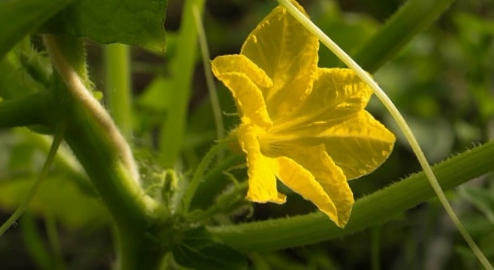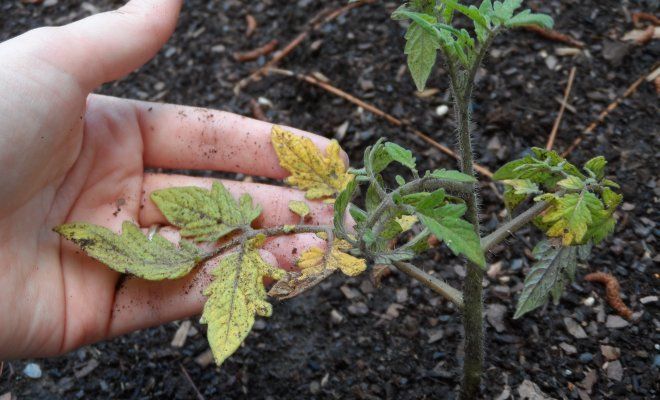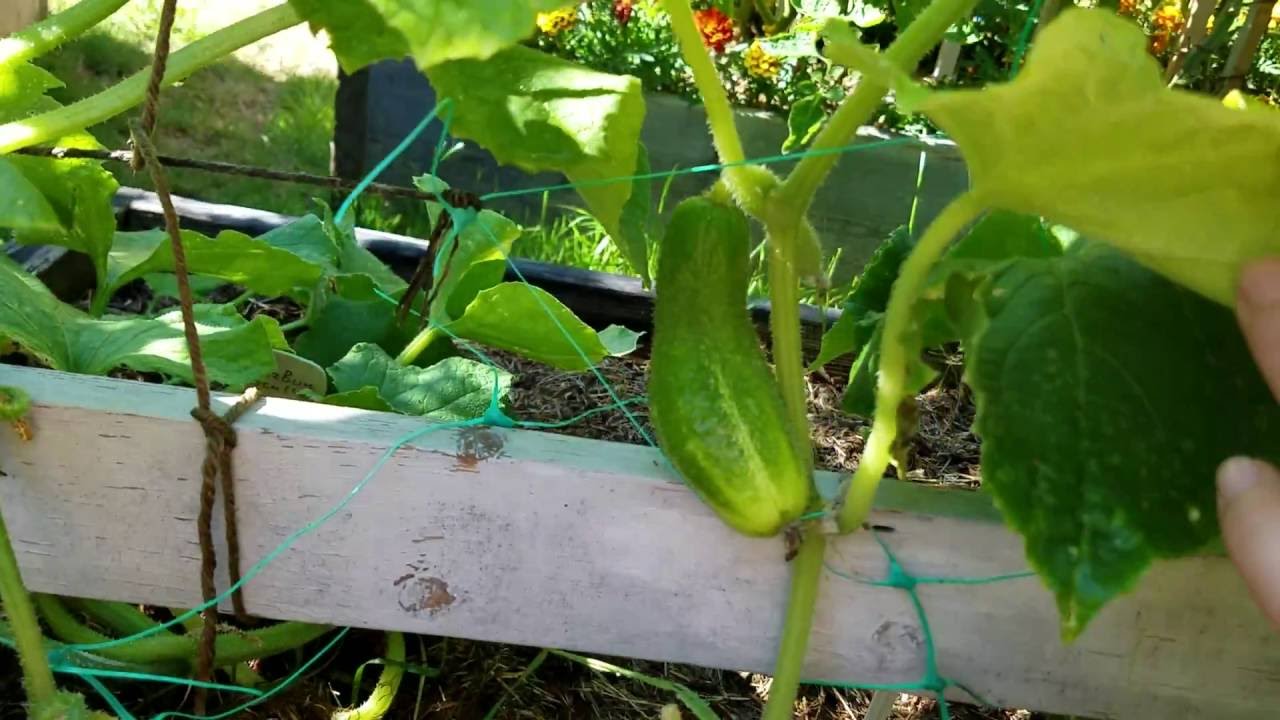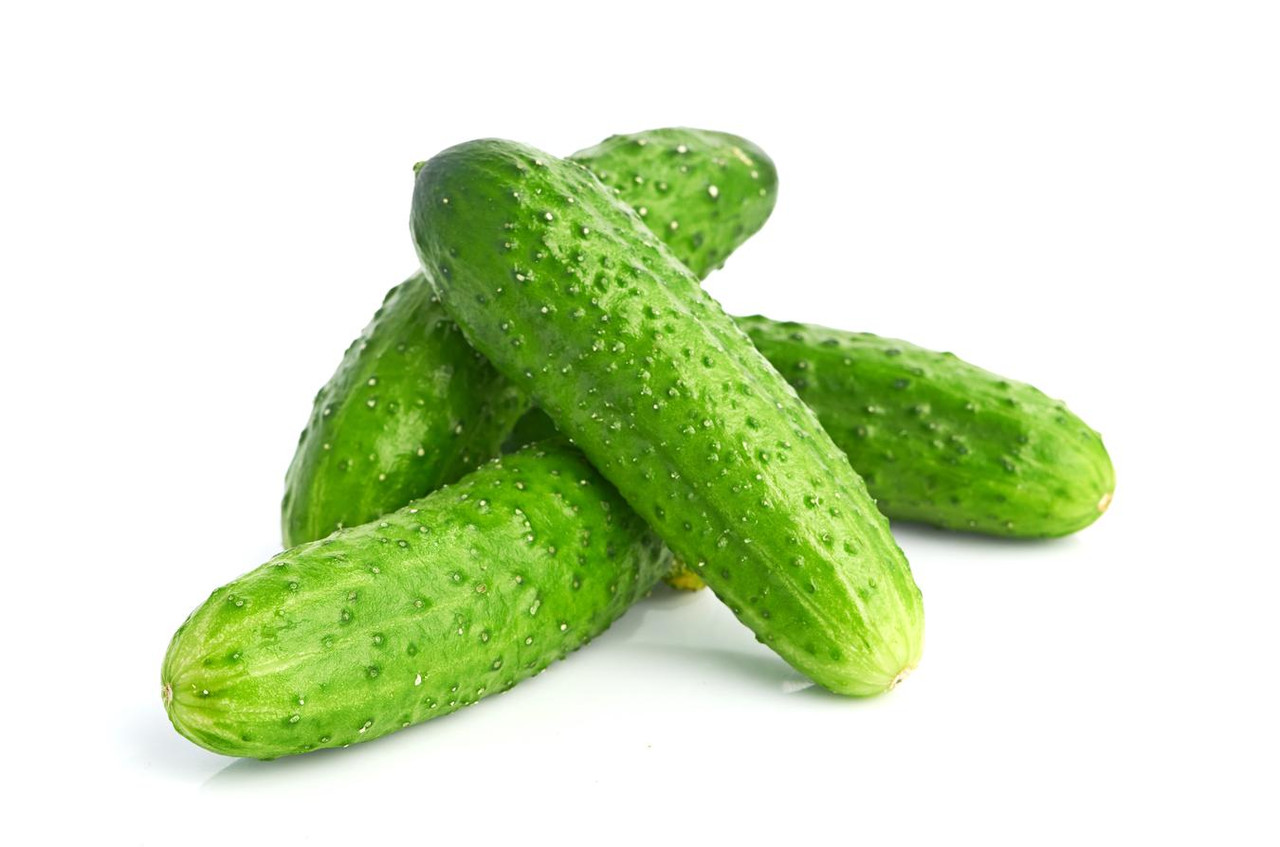Content:
Growing your own vegetables in a greenhouse is a winning option. After all, their cucumbers or tomatoes, grown and harvested with trepidation, even taste different from the purchased ones. Almost every experienced gardener does not lose sight of the opportunity to grow cucumbers in their greenhouse. But it is worth paying attention to this event and studying all the nuances before starting.
Conditions for growing cucumbers in a greenhouse
Before you start planting cucumbers, you should carefully study the quality of the soil and the conditions in which the vegetables need to be grown. Otherwise, the gardener may be faced with the fact that the cucumbers turn yellow in the greenhouse, it is not clear what to do.
The soil is an important component during growth, it is he who provides nutrients, minerals and moisture to the plant. There are several indicators to consider before planting cucumbers in the soil:
- it is desirable that the soil is fertile;
- the soil must allow moisture to pass through, then absorb;
- low acidity;
- experts say that the presence of humus and sod layer will increase yields.
To begin with, the seeds of cucumbers are planted in small pots, after the sprouts sprout and acquire 2-3 leaves, you can begin to transplant into the soil. The soil must be warm so that the plants are comfortable and they do not freeze. Gardeners start greenhouse planting in early to mid-May if the greenhouse is made of polycarbonate. Even if frosts hit -4 degrees, the room will keep warm.
For the first time, cucumber sprouts are fed when three leaves appear. The next feeding is done during the growing season. Watering cucumbers must be done twice a day. If the air in the greenhouse warms up excessively, it is recommended to ventilate the room. For healthy growth of cucumbers, it is worth keeping the temperature in the greenhouse closer to 30 degrees during the daytime, and around 17-19 degrees at night.
When the cucumbers are planted and more than 5 days have passed, you can start tying the plants. A trellis can be an improvised tool. A fishing line or rigid rope is stretched for each row, to which the plant's lashes are attached. Do not make all rows of the same height, otherwise they will all get confused and will not grow evenly.
Causes of yellowing of cucumbers in greenhouses
Why small cucumbers turn yellow in the greenhouse is not immediately clear. Many reasons can contribute to this:
- excessive amount of ovaries on the plant;
- lack of timely and high-quality pollination, and this leads to poor tying;
- infection of plants with fungus or insects and their larvae;
- poor quality agricultural technology;
- insufficient enrichment of the soil with nutrients;
- unexpected drop in temperature;
- lack of water;
- the temperature in the greenhouse is higher than normal or increased.
All these reasons lead to the fact that at various stages of ripening, plants may begin to turn yellow, and then lose the ability to bear fruit. For example, it happens that the sprouts of a cucumber turn yellow in the greenhouse after planting, some have yellow leaves, and some notice a premature yellowing of the fruits themselves.
Yellowing immediately after disembarkation, in the bud
If things worsened after planting, the gardener can find out why the cucumber embryos turn yellow without problems, since there are not so many reasons and it is necessary to deal with them as soon as possible.
Agrotechnical reasons for the appearance of yellowness on the embryos or their drying can be as follows:
- the plants are facing sudden changes in temperature or lack of water in the greenhouse;
- the gardener overdid it in watering, or vice versa - he regretted water for cucumbers, watered with cold water by sprinkling, and not at the root;
- the soil temperature has dropped to the minimum permissible level;
- greenhouse soil of poor quality, heavy, does not allow air and moisture to pass through or does not cope well with it, there is a lack of useful microelements or their excessive amount;
- yellowing of the ovaries can be encountered if the plantings are too thick, cucumbers, tightly adhering to each other, must fight for survival: water, light, a place on the soil; due to excessive growth of stems, the ovaries turn yellow and shrivel;
- one of the most important reasons is the lack of light;
- untimely collection of vegetables leads to the fact that most of the nutrients and moisture is spent on their nutrition and maintenance, which deprives the "new" cucumbers of the necessary amount of substances for growth.
Knowing what to do if cucumbers turn yellow in the bud, you can avoid fatal consequences with fruits and leaves in the future. Vegetables will form healthy and pleasing to the eye.
Yellowing of cucumber leaves
Being a thermophilic plant, the cucumber does not tolerate sudden changes in temperature. But at the very beginning of the gardening season, unexpected frosts may lie in wait, so it is recommended to take good care of the plants. Danger lies in wait for the leaves of cucumbers, therefore, it is necessary to cover the plants planted in the ground with a film with bubbles or lutrasil. Experienced gardeners also advise using some tricks, for example, placing bottles of hot water under the plastic film in order to maintain the desired temperature and provide comfort to the plants.
In the greenhouse, it is recommended to maintain a temperature of 15 to 40 degrees maximum so that the leaves and fruits do not turn yellow. If the critical temperature of −1 degrees is reached, young plants will die.
If cucumber leaves turn yellow in the greenhouse, what should I do? It can be assumed that the reason was the insufficient amount of nutrients in the soil. Leaves begin to change color from green to yellow in case of nitrogen deficiency. At first they turn white, and then both the veins and the surface of the leaf turn yellow. Further, yellowness is transmitted to all lashes. Sometimes the leaves start to fall off.
The lack of this trace element can lead to the fact that the fruits take the form of a "hook".
To replenish nitrogen in the soil, fertilizers can be applied to the soil:
- superphosphate;
- wood ash;
- potash fertilizers.
To avoid the lack of certain important microelements in the soil, it is recommended that during the spring digging of soil in the greenhouse, add manure there: 2.5 buckets per 1 square meter. Plants will be able to avoid nitrogen starvation. If such an opportunity is not provided, a mullein can be added directly when planting seedlings, and in the process of forming leaves and fruits, fertilizer can be regularly applied in the form of chicken droppings or mullein.
Cucumbers are also moisture lovers, therefore they need constant watering and high room humidity. It is worth considering and carefully monitoring the temperature of the water supplied to the soil, it must be warm and settled. If the water is cold or too little, the leaves will begin to turn yellow spots.
When cucumbers enter the growing season, it is necessary to increase watering.The soil should be properly saturated with moisture, saturate the root system, on which the development of the entire plant depends.
Yellowing of the cucumbers themselves
Often, gardeners cannot understand why cucumbers that have grown in a greenhouse turn yellow. One of the most important reasons is poor-quality pollination of seedling flowers. This is facilitated by the fact that artificially pollinated plants were planted in the greenhouse, there is no free passage of air flow and access to natural pollinators - insects.
It is also recommended to plant dill, cucumber or hyssop before the start of the season, and you will not have to guess why the cucumber fruits turn yellow. They, like the previous options, will help attract the attention of insects, which will help plants pollinate and begin to form ovaries.
To avoid an excess of ovaries, you need to pluck the plants and free the lashes from unnecessary burdens. Cucumbers will grow healthy, take on the correct shape and delight their owner with delicious fruits.
Treatment of detected diseases
Finding the reasons for the yellowing of cucumbers, their leaves or embryos is not enough, you need to get rid of them, help the plant to form fruits and develop healthy. This requires:
- equip the greenhouse with a functioning ventilation system so that the air flow is free and the temperature in the greenhouse is maintained at the desired level;
- water the plants on time and efficiently, not forgetting about the water temperature; you need to water at the root of the plant, in the evening;
- maintain a comfortable temperature in the greenhouse;
- do not overdo it with nitrogen fertilizers.
If the plant is already affected, the leaves, fruits or embryos have turned yellow, it is recommended to resort to folk remedies that will help restore the healthy look of cucumbers as harmlessly as possible:
The capsicum mixture will help eliminate plant-eating pests and stop the yellowing of the leaf edges. 20 g of crushed pepper, 75 g of tobacco dust are stirred in half a bucket of boiled water. After a 12-hour infusion, the liquid is filtered and wood ash is added with liquid soap.
In addition, you can use a whey mixture to fight fungal infections that lead to yellowing of the leaves. The proportions of the solution are as follows: 3 liters of serum is diluted per 5 liters of water. After - for half an hour, insist and stir, then add 50 g of sugar. After cooking, process the plants, mainly the roots.
If a gardener is faced with problems when growing cucumbers in a greenhouse, all these methods will help return the vegetables to their former appearance, help them stop falling off, save them from yellowing, and then form healthy and green leaves and fruits. However, it must be remembered that proper plant care will help prevent the appearance of yellow leaves on cucumbers.
